Overclocked Nvidia RTX 3090 Ti benchmarked: just 14% faster than Founders RTX 3090. At best
Those extra cores, the higher clocks, and speedier memory don't deliver a huge uplift in gaming despite being $500 more than Nvidia's OG big boi.
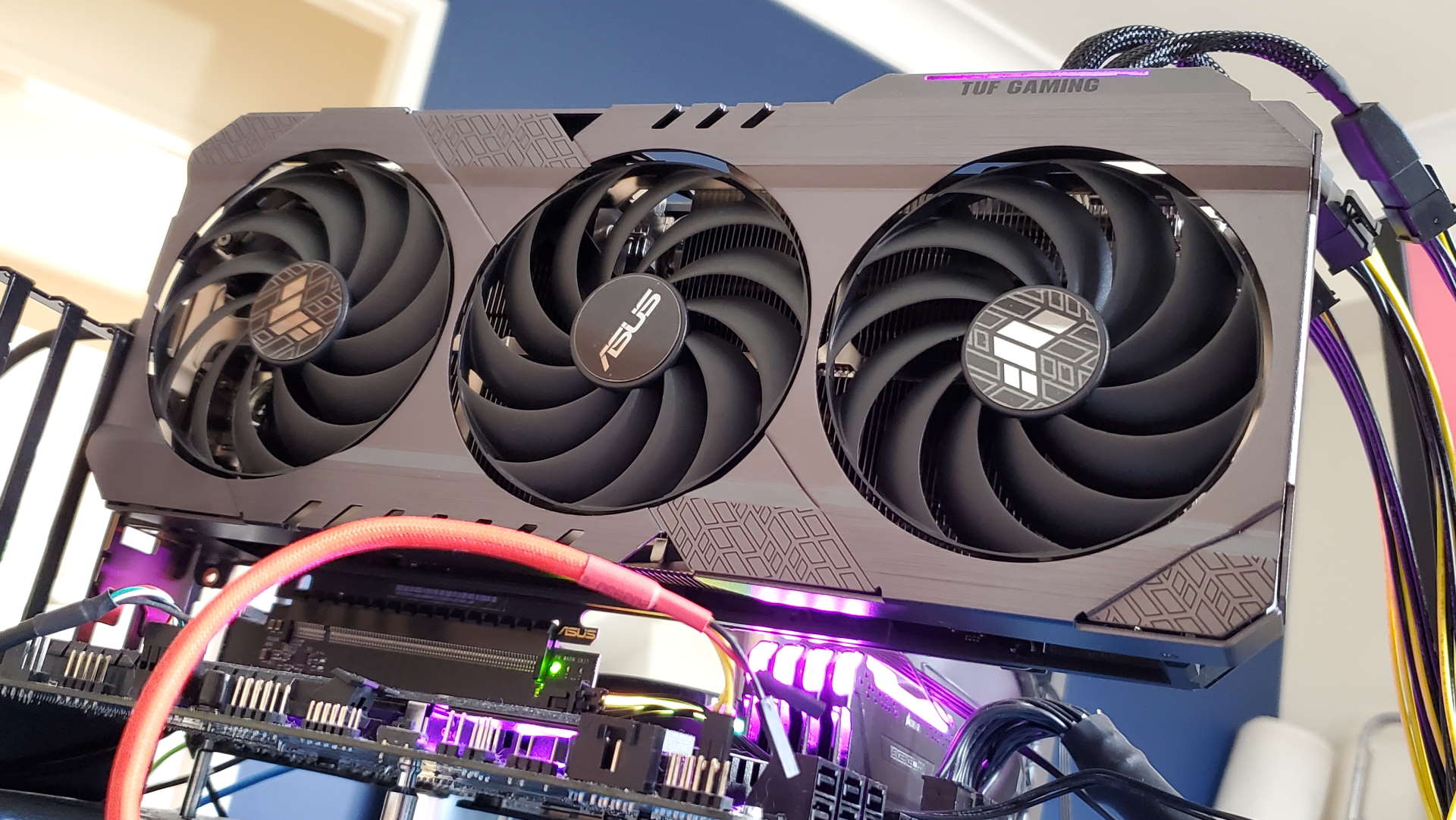
Nvidia has launched the GeForce RTX 3090 Ti, the latest and potentially last Ampere GPU of this generation. And it's a monster. Officially. That's what Nvidia itself is calling the full-fat GP102 GPU inside this card. We got hold of an Asus TUF RTX 3090 Ti OC Edition card over the weekend and have been putting it through the wringer on our test bench for the full review.
But, as a little teaser, here are the gaming benchmark results for your edification. So, what do you get for your extra 33% outlay going from the GeForce RTX 3090 up to the RTX 3090 Ti?
Well, in gaming terms, all those extra 256 CUDA cores, that higher clock speed, and the shiny 21Gbps GDDR6X memory gets you is another 14% higher gaming frame rates. At best.
And we really mean "at best" because this is the overclocked version of Asus' air-cooled TUF RTX 3090 Ti, and that means at 4K—where the performance delta is greatest—this full GA102 GPU is running at a heady 1,990MHz under load, higher than the stock Founders Edition card from Nvidia. Compare that with the RTX 3090 we've put it up against; that card clocks in at 1,766MHz on average under 4K gaming load.
We've yet to put the RTX 3090 Ti through the same professional workloads as we did with the original RTX 3090, but we'll be doing that ahead of our full review. Partly because we want to see how it compares across the board with the RTX 30-series OG big boi card, but also because there has to be some reason for this hyper-expensive card to be made.
Nvidia has been pegging this as "elite-level creator performance" and as such is effectively a Titan-class card, rather than a GeForce, gaming GPU. That means it's ostensibly only really possible to make sense of the RTX 3090 Ti if you're a professional GPU user, not a gamer.
But Nvidia has stuck with the GeForce moniker, and so we've thrown some games at it.
Keep up to date with the most important stories and the best deals, as picked by the PC Gamer team.
4K Gaming Performance
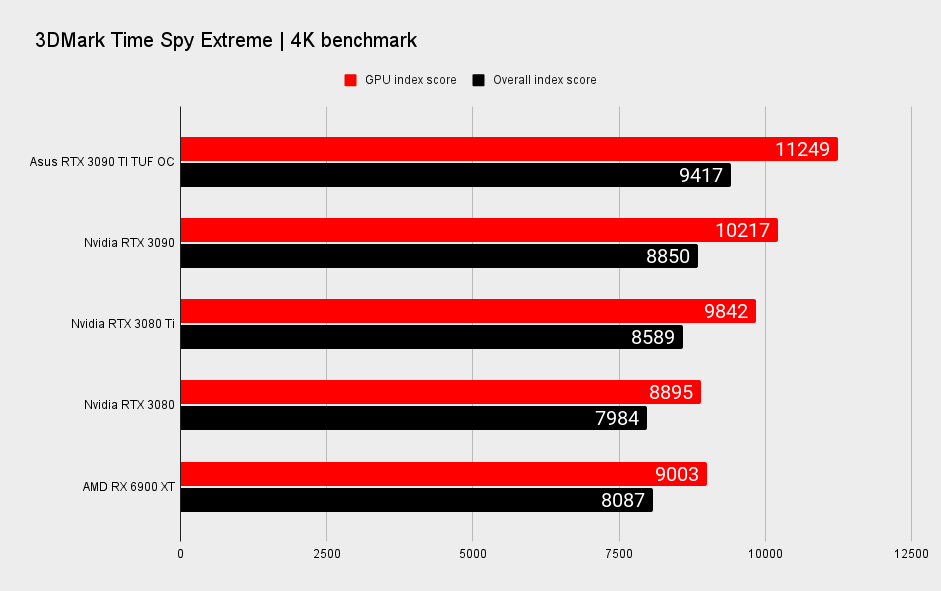
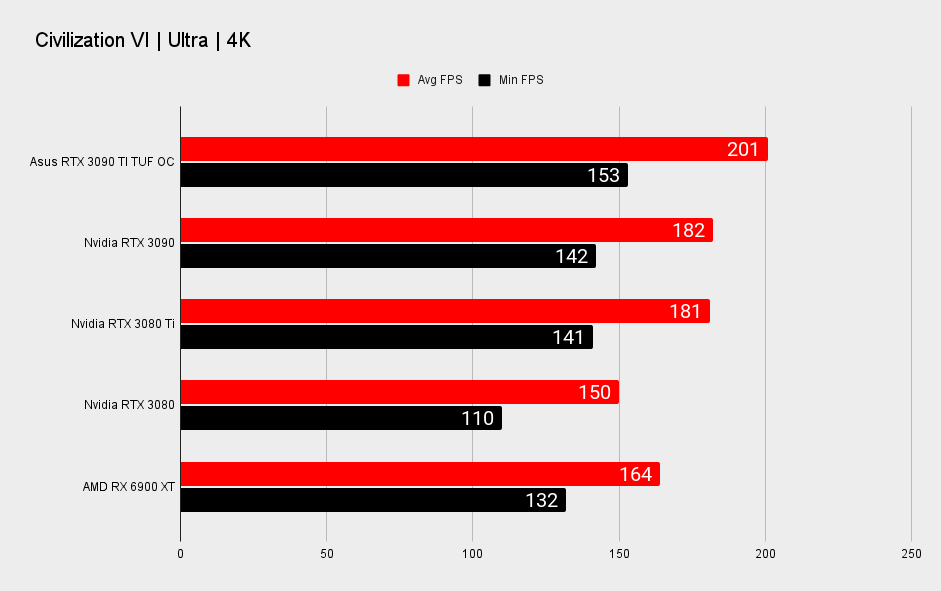
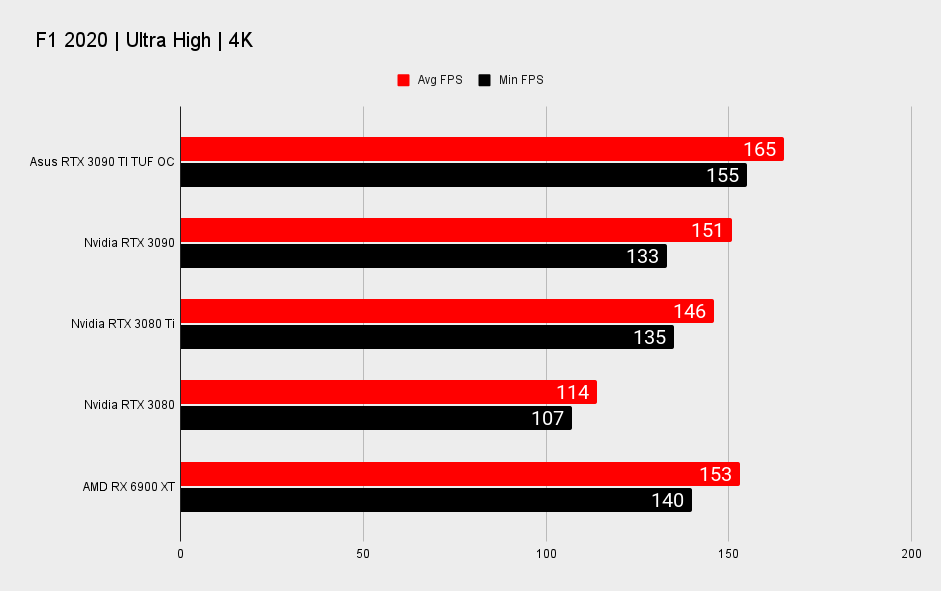
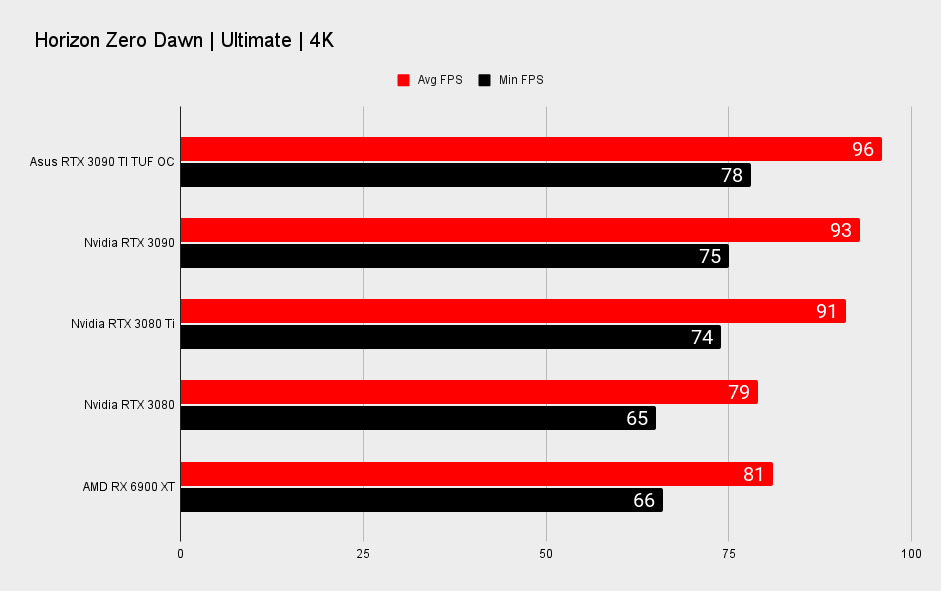

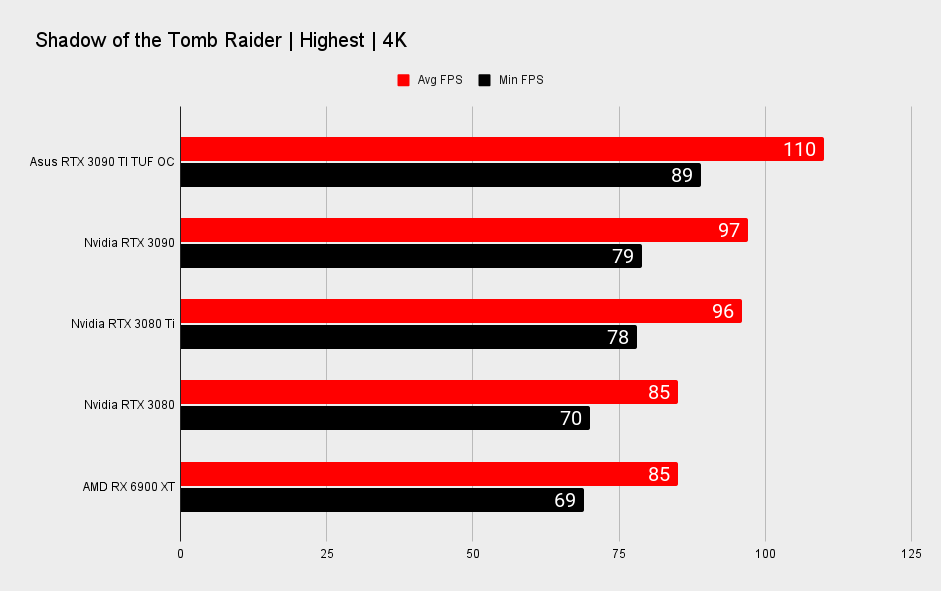
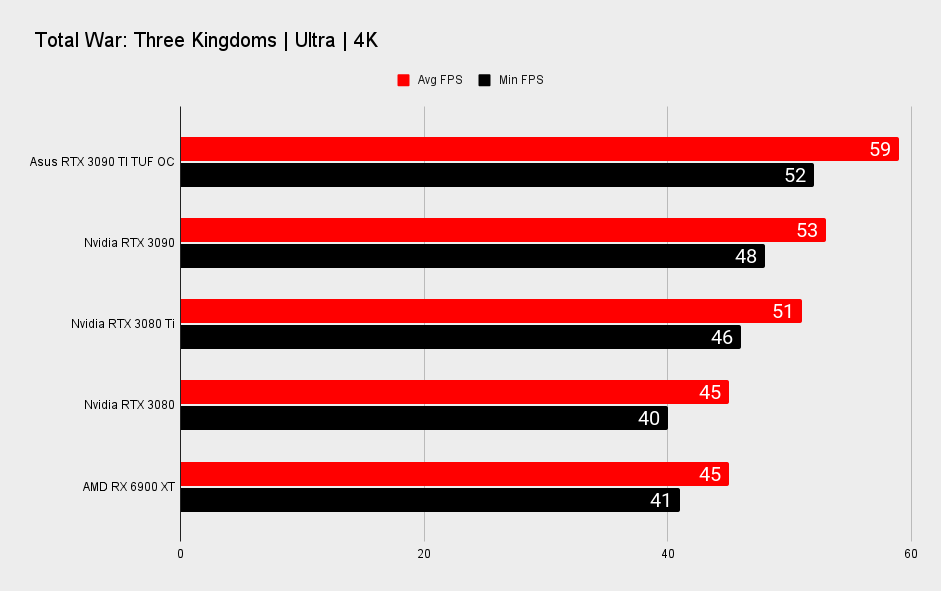
1440p Gaming Performance

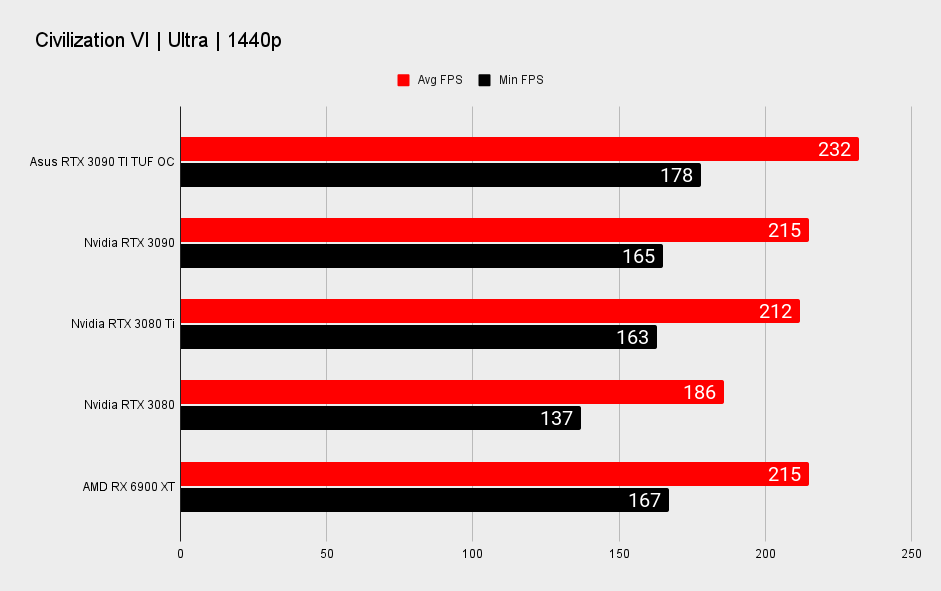
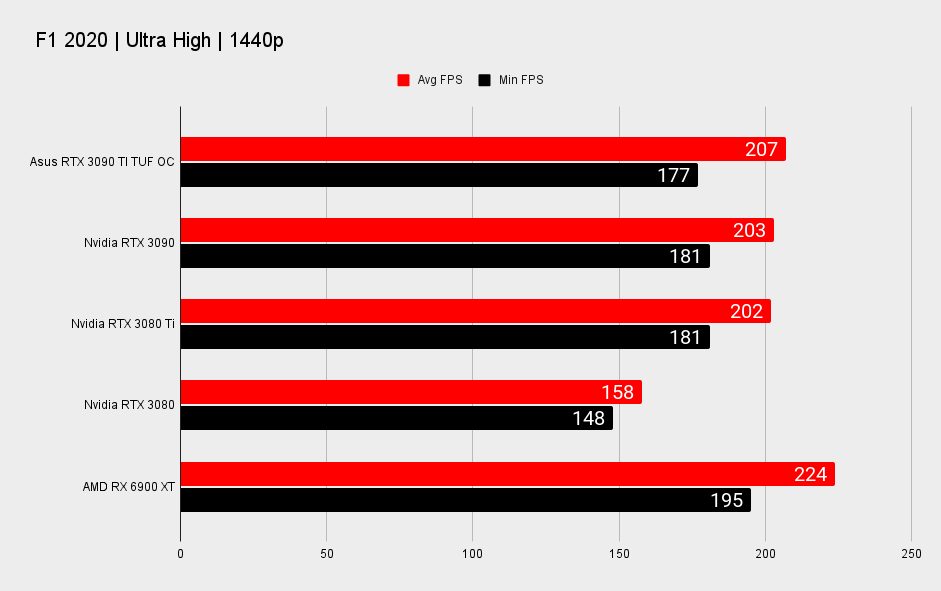

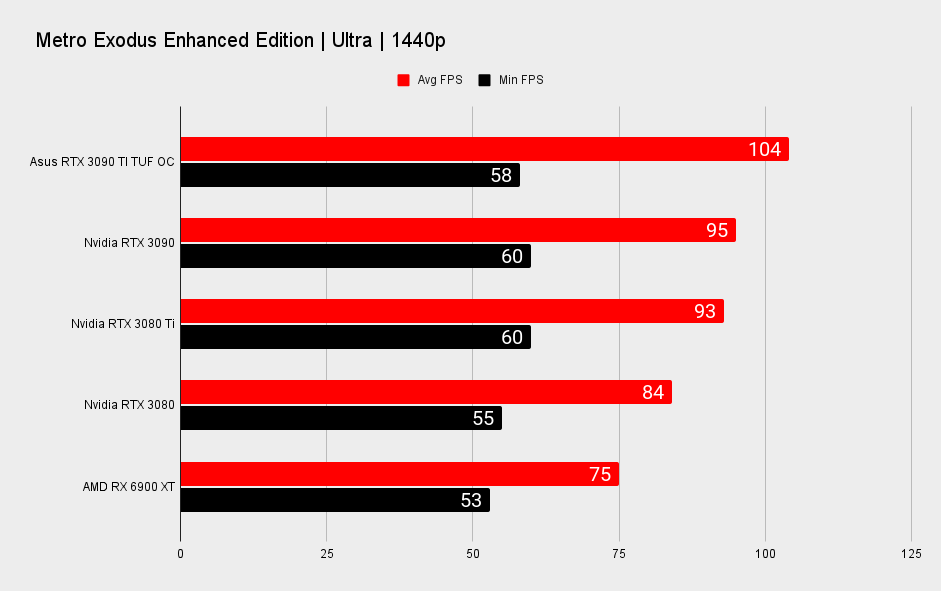
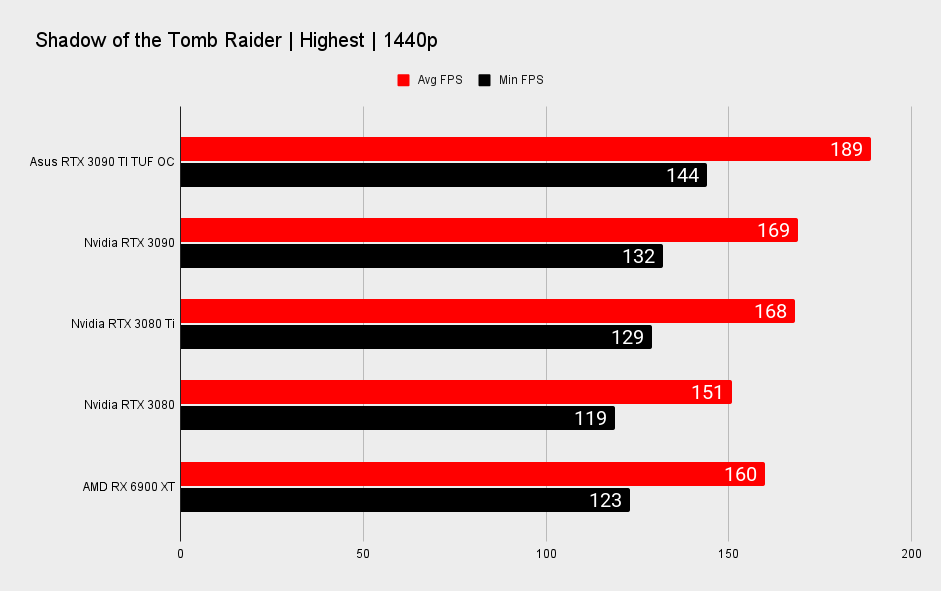

Thermal and power performance


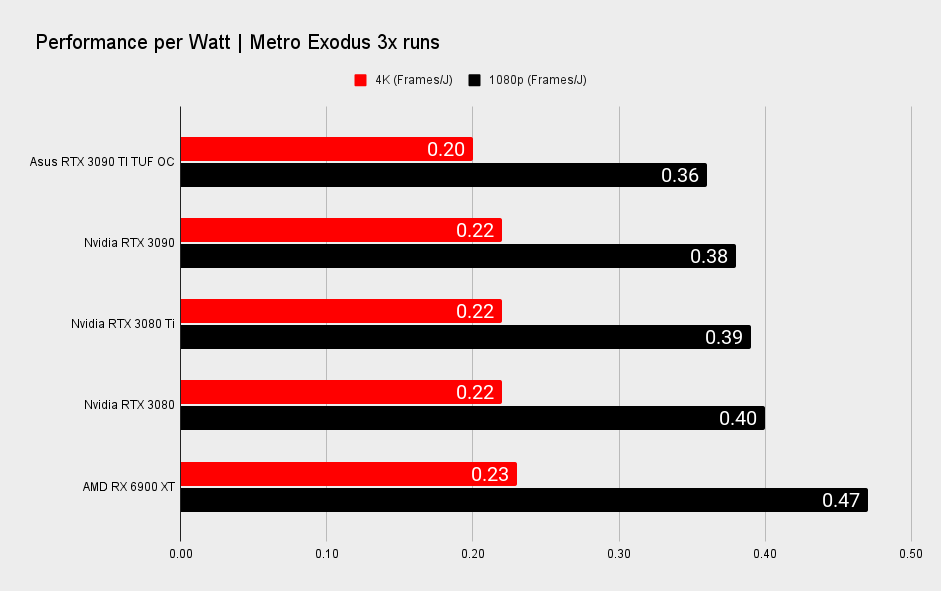
And yes, you read that right. 492W maximum power. She thirsty. It's also clear from the performance per Watt metrics just how diminishing the returns are as you go up to the top of the RTX 30-series product stack.
We'll have our full RTX 3090 Ti review coming soon, so stay tuned. But for now, just enjoy the gaming performance of the fastest, most powerful graphics chip in the world. And then I guess try and figure out if you can justify spending $2,000 on that sort of frame rate.
I know I can't.

Dave has been gaming since the days of Zaxxon and Lady Bug on the Colecovision, and code books for the Commodore Vic 20 (Death Race 2000!). He built his first gaming PC at the tender age of 16, and finally finished bug-fixing the Cyrix-based system around a year later. When he dropped it out of the window. He first started writing for Official PlayStation Magazine and Xbox World many decades ago, then moved onto PC Format full-time, then PC Gamer, TechRadar, and T3 among others. Now he's back, writing about the nightmarish graphics card market, CPUs with more cores than sense, gaming laptops hotter than the sun, and SSDs more capacious than a Cybertruck.

